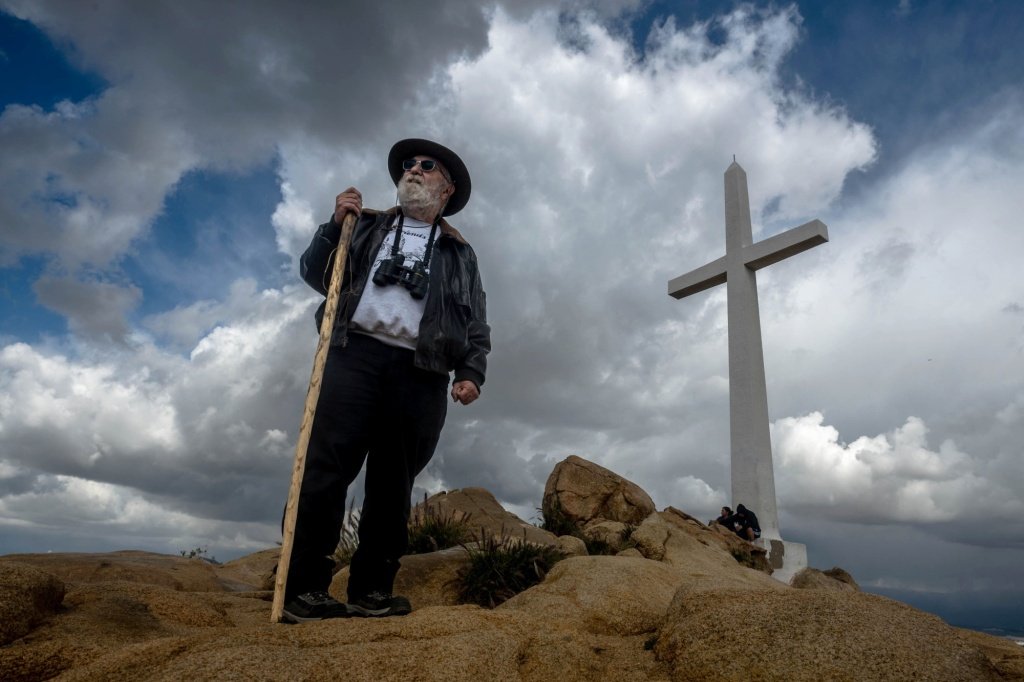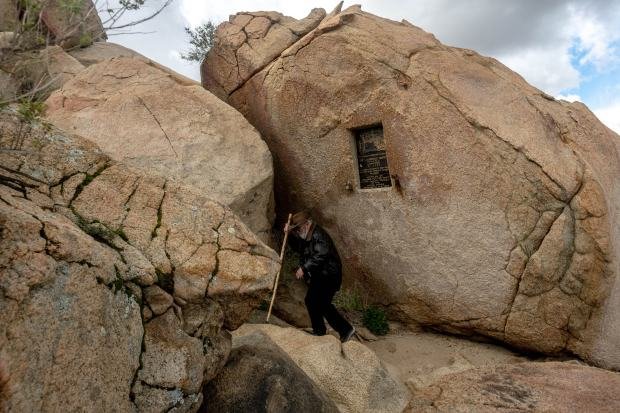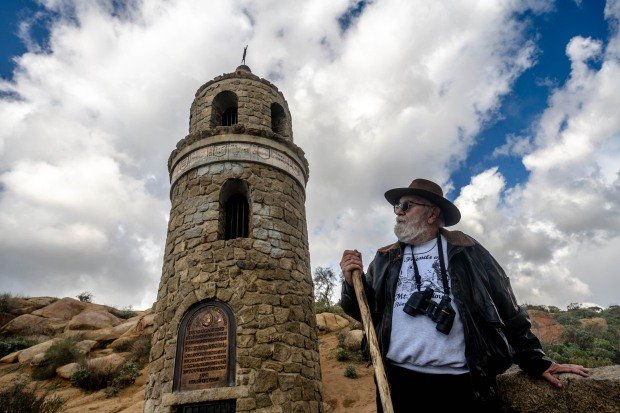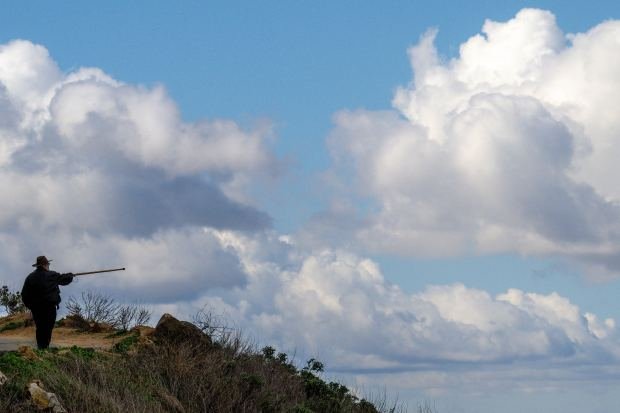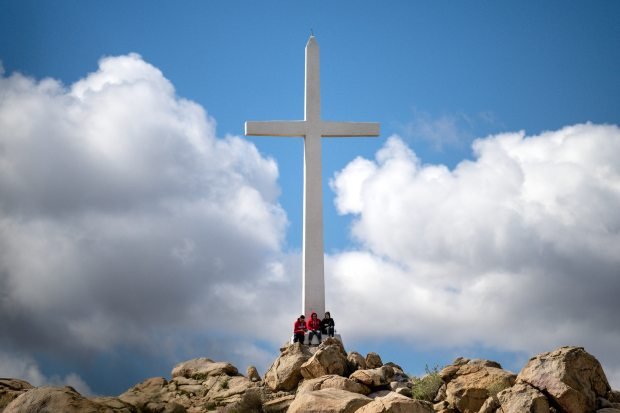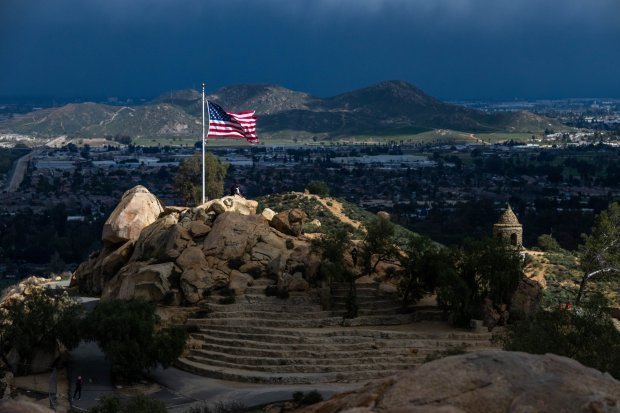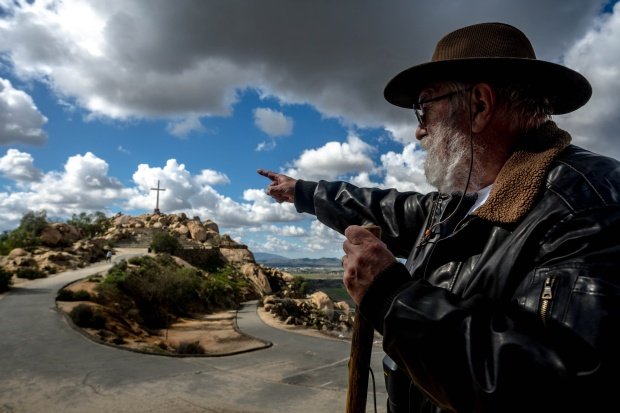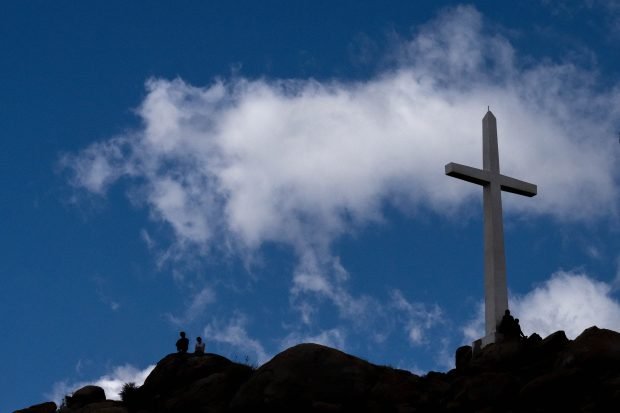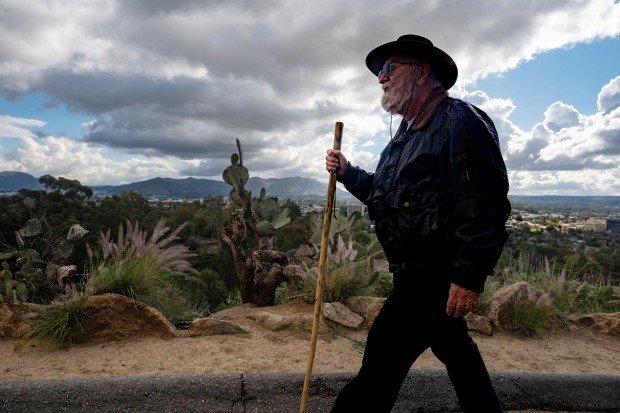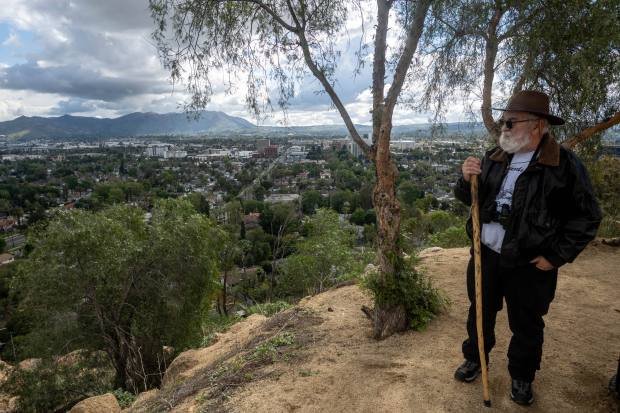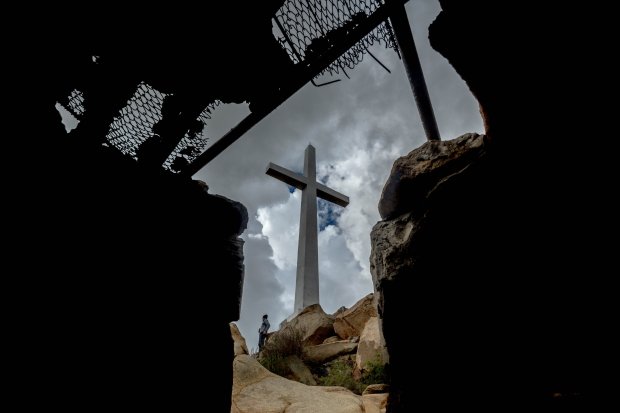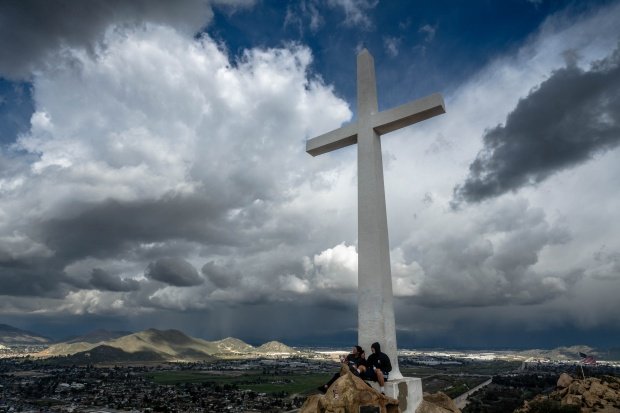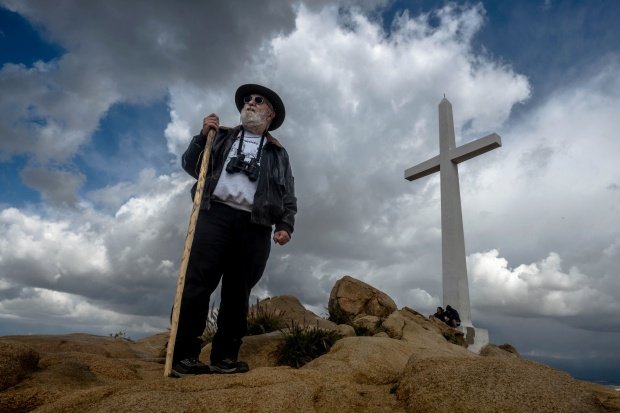Fun facts about Mount Rubidoux shared by an expert during the tour – Press Enterprise
No special equipment such as goggles, crampons or ice axes is required to climb Mount Rubidoux in Riverside. There isn’t just one way, it’s paved. Cars used to be powered up. Try climbing Mount Everest.
At 780 feet from base to summit, Rubidoux is a mountain that almost anyone can climb. In 2016, the last numbers I saw went up to 5,000 a day. Some run it every day. Its accessibility is one of the reasons Rubidoux is rightly loved.
Even though you don’t need a guide for this hike, I’ve arranged the best: Glenn Wenzel.
If you want to know anything about Mount Rubidoux, Wenzel is your man. As an honorary board member of the nonprofit Friends of Mount Rubidoux, he wrote a book called Anecdotes on Mount Rubidoux and Frank A. Miller, Her Promoter and has now published a second book (with a more punchy title), They Climbed the Mountain. “
“He’s the definitive source on the history of the mountain,” fellow board member Nancy Cox told me last year.
Glenn was with me, so we meet in the Ryan Bonaminio Park parking lot on Wednesday morning after I’ve had breakfast at Little Green Onions.
The temperature is a cool 46 degrees, but the sun is shining as we head north up San Andreas Avenue, all the way uphill, towards what is officially known as the Frank A. Miller Mount Rubidoux Memorial Park.
“The climb to the park,” says Glenn, “is the steepest part of the trail.”
Like I said, Mount Everest isn’t.
Bearded Wenzel, 70, wears a Friends of Mount Rubidoux t-shirt, binoculars around his neck and a walking stick for balance. If he’s supposed to be my Sherpa guide in the morning, he’s prepared.
This will be my second time in Rubidoux. My first one in January last year was full of rookie mistakes, but it was a rite of passage after I added Riverside to my column territory.
It’s now a Riverside Park town, but can you believe Mount Rubidoux was once privately owned?
The mountain belonged to Frank Miller, developer of the Mission Inn and tireless promoter of Riverside. He bought the mountain in 1906, built roads, and made a car tour of the mountain one of the perks for guests at his hotel, Glenn says.
As we drive on, walkers, joggers and people with strollers come and go by, often with a friendly hello.
Until modern times, few people walked up the mountain, in part because the narrow streets were busy with car traffic. When the streets were washed away in 1992, pedestrians and cyclists took over. And by the time the repairs were complete, the public had talked with their feet and cars were banned.
Glenn and I stop at Huntington Rock, one of several boulders with plaques commemorating figures involved in the improvements to Mount Rubidoux.
You may remember Henry Huntington as the railroad magnate behind the Red Cars or as the man whose home is now the Huntington Library. He was also one of two partners with Miller in the purchase and development of the mountain.
The rock also bears a plaque with a quote from naturalist John Muir, who once climbed the mountain. I’ll be coming back to this story soon because it’s such a hoot.
As our path loops north, Glenn points down toward Loring Park, a tiny green space on a hilltop across the scenic stone bridge over Mission Inn Avenue. Charles Loring was Miller’s other investor in the park.
East of Loring Park is a gray house with a red tile roof. This was the home of Ike Logan, who climbed the mountain daily from 1910 to 1939 to ring a bell seven times at 7am
“This is probably the route Ike Logan took,” Glenn says of the switchback dirt trails on the north face of the mountain. That’s about the route I took last year, not knowing the civilized route from Bonaminio Park.
He draws my attention to a metal flag stand set into a rock. These and others like them commemorate the Armistice Day services that took place during most of the year 1919-1935, at which flags from a dozen nations were raised in a call for peace and world understanding.
We come to the Ben Lewis Bridge, which separates two paths. Before its installation, a police officer would be posted at the mountainous junction on Easter Sunday to direct vehicular traffic.
One more loop and we are at the Peace Tower and Bridge which was built in 1925. Inside the tower is the second oldest bell in Riverside, courtesy of the original Methodist Church. The tower was built around it.
“I have to go in and touch the bell one time,” says Glenn. “There’s no way to get it out without demolishing the tower.”
We pick our way over dirt and rock to get to the top faster, Glenn holds his walking stick for balance, I do my best while holding a notebook and pen in one hand.
We climb to the cross and enjoy the view before beginning the descent.
A Lutheran pastor, Glenn grew up in Wisconsin and pastored in Florida, Rancho Cucamonga and then Riverside’s Cross and Crown before retiring in 2018.
He drove to Rubidoux with his daughter’s classroom for the first time on a field trip in 1988 and was thrilled. He researched and wrote They Climbed the Mountain as a pandemic project.
(In his book’s biggest typo, his bio states that his first ascent was in the “spring of 1886.” “My only son caught that,” Glenn says sheepishly. “He said, ‘Dad, I know you’re old are, but…'”)
Our way back is downhill all the way. Especially when we get to San Andreas Drive. I couldn’t resist teasing the expert by asking: Is Rubidoux a mountain or a hill?
“Technically, based on the definition of a mountain, it’s probably a hill,” Glenn admits. “Don’t call it that. That’s Riverside’s mountain.”
And we climbed the mountain.
meager
A woman in Norco listed an unusual item on eBay: a carrot she believes resembles Kim Kardashian. Dubbed the “Kim Kardashian Carrot Lookalike,” the curvaceous carrot was found in a £50 bag. (It’s described as “100% natural,” which makes me question how good it looks.) After the auction ended with no bidders, the item was relisted. Even with a low starting bid of $5 for the carrot, no one bit.
David Allen bites, uh, writes Sunday, Wednesday and Friday. Email dallen@scng.com, call 909-483-9339, like davidallencolumnist on Facebook and follow @davidallen909 on Twitter.
.

